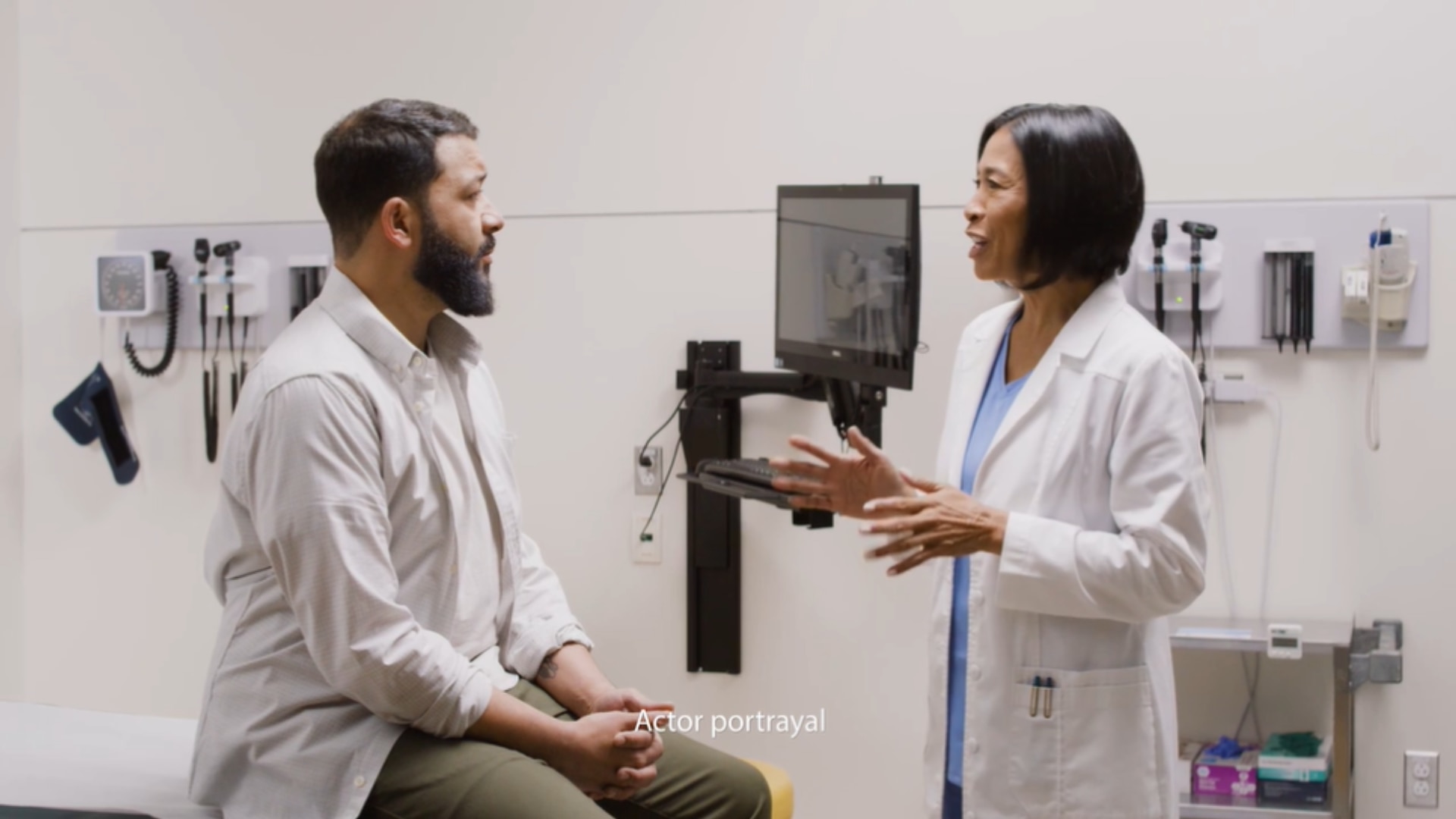- Healthwise Staff. Open Inguinal Hernia Repair (Herniorrhaphy, Hernioplasty). University of Michigan Health, April 30, 2022. https://healthy.kaiserpermanente.org/health-wellness/health-encyclopedia/he.open-inguinal-hernia-repair-herniorrhaphy-hernioplasty.hw170381
- Pluta RM, Burke AE, Golub RM. Abdominal Hernia. JAMA. 2011;305(20):2130. https://jamanetwork.com/journals/jama/fullarticle/900171
- Mesh and No Mesh Hernia Repair. Medstar Health, May 26, 2021. https://www.medstarhealth.org/blog/hernia-mesh-and-no-mesh-repair#:~:text=Mesh-and-No-Mesh-Hernia-Repair-May-26-support-the-weakened-area-in-the-abdominal-wall
- Fitzgerald, Kumar. Biologic versus Synthetic Mesh Reinforcement: What are the Pros and Cons? US National Library of Medicine, National Institutes of Health. December 27, 2014. https://pubmed.ncbi.nlm.nih.gov/35044431/
This site is not intended as a substitute for professional medical care. Only your physician can diagnose and appropriately treat your symptoms. BD does not recommend the use of any particular physician or team of physicians. As with any surgery, hernia repair surgery carries certain risks. Talk to your doctor about possible complications of the surgery, as well as side effects. Please consult your healthcare provider for advice regarding who should be part of your hernia repair team.






